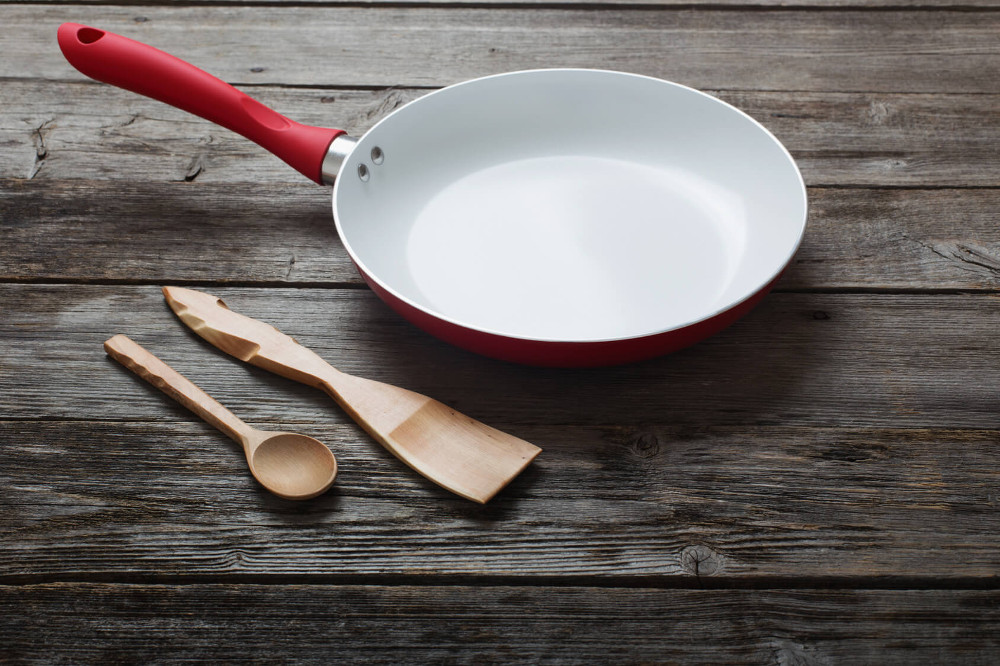As a rule, the U.S. Food and Drug Administration or FDA randomly tests a selection of ceramic food containers and cookware for the lead each year. Megan McSeveney, a spokesperson for the FDA, said that it is “based on some positive findings of extractable lead and cadmium from the glaze used in making ceramic ware over a number of years.”
But how on Earth does lead wind up in your crockpot, frying pan and pots? When your ceramic cookware is being created, it is glazed before being baked in a kiln. This glaze often contains lead because it gives products a great shine, similar to how it can enhance the durability and attractiveness of wall paint.
If the manufacturer does a good job, they will heat the cookware at extremely hot temperatures which will remove all of the lead. But if the ovens aren’t hot enough or kept in for a long enough time this lead can still be on the surface of the cookware where it can leach into your food or water and then be ingested.
Foods and drinks high in acid are the most likely to cause the lead to leech off, including coffee and citrus drinks. Many non-professionally created earthenware mugs have been known to cause lead poisoning in the past.
No Amount of Lead Exposure is Safe
“Lead has been around in our environment for thousands of years,” said Edward Puzas, the professor of orthopedics at the University of Rochester Medical Center. “But there’s no safe amount of lead in the blood.”
According to Puzas, lead can invade your body, getting inside of your bones where it can be for decades. He believes that lead in your bones can increase the risk of osteoporosis, making it more difficult for your bones to heal.
But we also know that lead poisoning can cause a variety of other health conditions including raised blood pressure, headaches, infertility and severe developmental delays.
Research from New Zealand shows the even very low-level lead exposure in childhood can have lasting effects into adulthood. Just five micrograms of lead per deciliter of blood at a child caused a noticeable drop in adult IQ, impaired memory, and lower socioeconomic status.
Lead Poisoning Can Last a Lifetime
Lead poisoning haunts every part of your life, both physical and mental, reducing your life prospects and making every day more difficult.
The good news is that many ceramic manufacturers have decided to switch to lead-free glazes to keep consumers safe. Crock-Pot, the brand name that has become famous, uses absolutely no lead in their production, ensuring that it’s safe for you to use no matter what.
But that certainly doesn’t mean that all ceramics are safe for you to use. According to the FDA, consumers should be particularly suspicious of antique or handmade ceramics which are likely to have been baked in old kilns that might not reach temperature or could have residue lead in them.
In particular, they mention that bright orange, red and yellow pottery should be most concerning because lead is known to intensify these colors specifically.
Products from neighborhood craft fairs and earthenware producers are the most likely to be harmful, whereas stuff from larger manufacturers is often much safer. Regardless, you should check for labels on the products to ensure that they are safe for food and drink.
The FDA Suggests Home Lead Testing Kits
If you are in doubt, the FDA recommends that you pick up a home lead testing kit from your local hardware store or from online. These tests are fairly accurate and can give you information about whether a specific product or your entire home is risking lead exposure.
Puzas says that because lead is very similar in composition to calcium, they compete with each other for absorption. This means that if your children are getting plenty of calcium in their diets, the rate of lead absorption will be decreased, reducing the harm of any lead exposure in your home.
If you are using ceramic cookware on a regular basis, it’s highly recommend that you research online to see if others have complained of lead exposure. Finally, take the time to test your home and cookware for the lead to keep yourself and your family safe.


